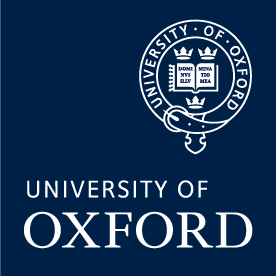Permanent twelfth nerve palsy secondary to C0 and C1 fracture in patient with craniocervical pneumatisation.
Kaiser R., Mehdian H.
INTRODUCTION: Craniocervical pneumatisation of both occiput and upper cervical vertebrae is extremely rare. Although it was stated that hyperpneumatisation can lead to fracture, only few cases of such injuries have been reported. Generally, craniocervical fractures represent a small number of cervical spine injuries and they are usually caused by high-energy trauma and can be associated with lower cranial nerves palsy. CASE REPORT: We present here a case of healthy man with mostly left sided pneumatisation of occiput and C1 who suffered from fractures of occipital condyle and posterior arch of C1 associated with permanent hypoglossal nerve injury. Both fractures were stable and he was treated conservatively with a rigid collar. CONCLUSION: At follow-up, the patient reported no pain and no restriction in head movement. Total hypoglossal nerve palsy remained unchanged. Conservative treatment is a method of choice in such cases.

